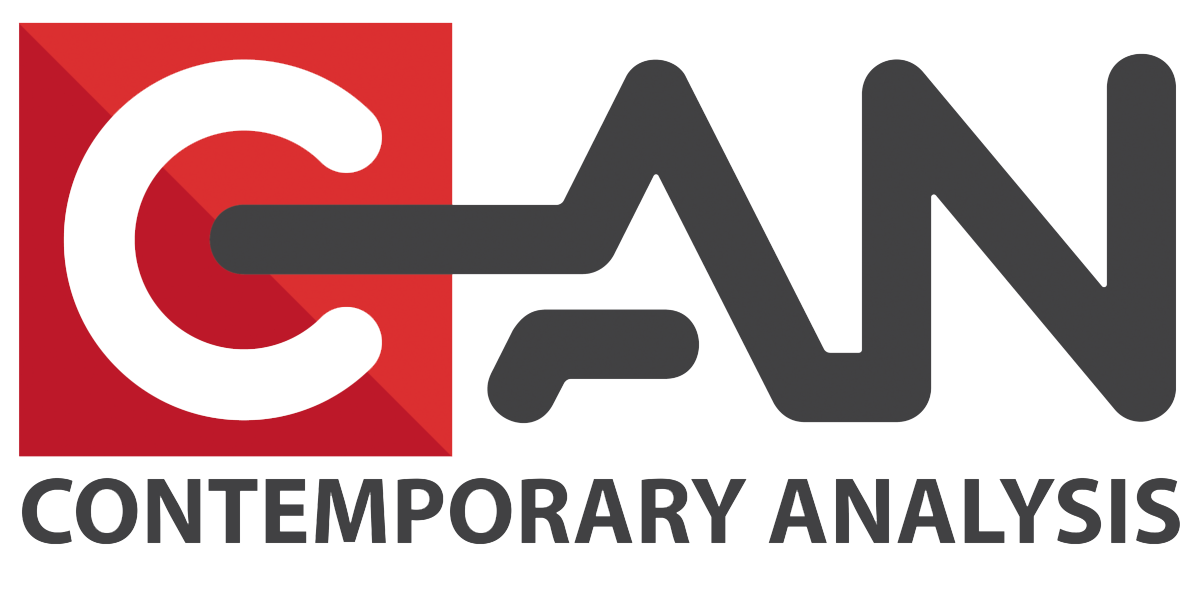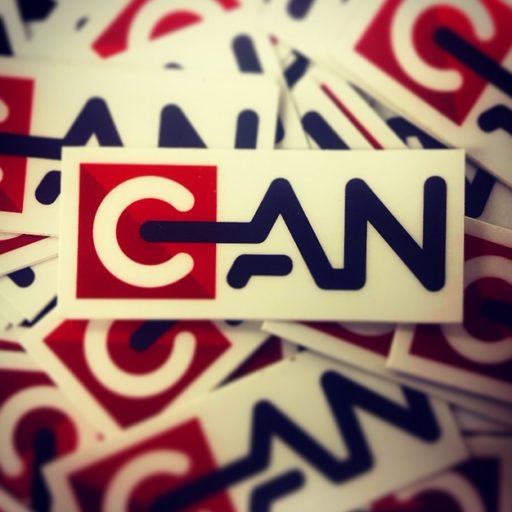FREQUENTLY ASKED QUESTIONS
Can you train my team to do new skills?
Absolutely. We realized there was an industry wide shortage of people trained in the ways of Data Science. So, to meet the needs of a (then) fledgling segment of business, we created the Omaha Data Science Academy (ODSA)
The ODSA can train individuals or teams data science principles. We offer the flexibility to give them a crash course on all things data science if needed, or we can offer select versions.
For many of our clients the need to level set a team is a priority. We can access individual team members and see what they need.
Teams often benefit from a group training so everyone is working off the same fundamentals. But we have also run people through the normal data science academy programs when needed.
As a software agnostic company we’re able to source experts in just about any platform you may want additional training in.
Have you ever worked with a Fortune 500 company?
“Yes” is the very short answer to that question, several times. At Contemporary Analysis we’ve worked with companies of all sizes and types. We’re just as comfortable working with a small startup as we are a large multi national organization. You can view come of our client case studies here.
How do I get my own internal team of Data Scientists?
We realized there was an industry wide shortage of people trained in the ways of Data Science. So, to meet the needs of a (then) fledgling segment of business, we created the Omaha Data Science Academy (ODSA)
The ODSA gives us the option to train an entire team for you. We’ve found the best (internal) data science teams come from people who already work for you.
Chances are the team you need is already employed and looking for a challenge and career advancement. We see the adoption of data driven decisions accelerate with teams that come from within.
Of course, that isn’t always an option. So, we can help carry the load of your data science needs until you find the right people. Regardless if you’re hiring true data scientists or looking for people who can be trained up, we’ve got the flexibility and options to make it work in the long run.
How do we start?
At Contemporary Analysis (CAN) we try to make it as easy as possible to work with our clients. We follow the Master Services Agreement/Statement of Work MSA/SOW style of engagement on our projects.
The first step is to have an open conversation about what you’re looking for with regards to Data Science. To facilitate this we can provide you with our Mutual NDA or we can review/use yours. With in house legal we can work both ways.
Once we have an idea of what your needs are we generate a proposal with an estimate. The estimate will include everything pertinent to the project.
The estimate is a starting point to make sure all the departments and teams are bought into the proposed solution(s). From here we will issue a Master Services Agreement (MSA). This document allows us to streamline any future projects and “on the fly ” changes that may occur. The MSA checks the boxes required of most legal departments for due diligence. Our MSA is also not a commitment to start work. So we frequently recommend getting it placed in the legal teams inbox sooner than later.
Before work begins we will issue a Statement of Work (SOW). This statement of work will outline, in great detail, the project(s). The SOW will always follow the MSA as they are dependent on one another.
Once the SOW is agreed upon we’ll begin work. Should additional projects come up or the project changes significantly (typically client directed) we will issue subsequent SOW’s. There will always be a SOW in place to make sure everyone is on the same page.
Frequently as we are doing the work we’ll notice additional project(s) that we could do. We may issue a SOW with these projects outlined for future reference. If/when warranted our clients can “sign off” on a particular project and we will begin work on the agreed upon section.
The MSA/SOW process is very familiar to some companies. At the same time it may be totally foreign to others. The end goal of this process is to save time and money with legal reviews (MSA) and expedite future projects (SOW).
Is Contemporary Analysis (CAN) a startup?
Contemporary Analysis (CAN) has been around long enough we can’t consider ourselves a startup anymore. But that doesn’t change the mindset of the company.
Startups are scrappy and have lofty ambitions. They also have passion for what they’re doing and are eager to take on new adventures. So, in much the same manner, CAN is a “startup at heart”.
With the diversity of our clients and the problems we solve we have to remain passionate about our industry. We seek those who fuel the same fire and make allies with companies who share our vision.
With our custom software solutions we are constantly looking at what the right fit/structure is. Is this a stand alone offering or is this our next subsidiary waiting to happen?
So “no” we aren’t a startup. But if you’ve got a fire in your belly and a problem we can solve together, we’ll gladly step into the fray with you.
How do you choose a software?
At Contemporary Analysis (CAN) we’re fairly software agnostic. Frequently we’re working to either enhance a “legacy” system or replace one. That means we need to be well versed in whatever we run across.
Luckily for us, with our diverse team, we can task the right people for the right job. That way we can handle the changes and challenges of different solutions and platforms in real time.
When it comes to choosing a software it all depends on the variables. These variables may include:
- What other software packages are being used in your organization currently
- Future expansion of software needs
- Features of the software and if they are truly a benefit or a “bell & whistle”
- Budgetary constraints and how that changes the license type
Overall familiarity of your team to execute on solution post install
We pride ourselves on prioritizing the features of a software and pairing it to the greatest ROI. With our ability to train your staff on any software that is currently offered the opportunities are endless.
How long are your typical engagements?
The short answer is as little or as long as you’d like us to. We work at the pace of our clients and their needs. Frequently the circumstances and situation change so we adapt to meet those needs.
When we engage with a client we put everything in a statement of work (SOW). The SOW format is great because it allows us to work directly with clients when needed, work independently of clients when beneficial, and adapt when needed.
We are somewhat unique in the fact we can be your data science team, we can supplement and train your data science team, and we can step in when needed by your data science team.
We’ve been engaged in a few projects that were a few hours worth of work. Other clients want to have a bank of hours to tap into when needed. And yet others engage and disengage over the course of several years.
Ultimately, as long as we’re on the same page as our clients needs and expectations, we’re here to help when they need us.
How many data scientists do you have?
We pride ourselves on prioritizing the features of a software and pairing it to the greatest ROI. With our ability to train your staff on any software that is currently offered the opportunities are endless.
We get asked this question a lot. While its an easy answer to throw out a quick number the “Why” is much more germane to our business model.
In our early days we had several data scientists on staff. Because these people are hard to find and they are in high demand they were “lured” away from us at 2-3 times the salary. We completely understood the situation and remained friends with our “alumni” data scientists.
However, the desire to jump into complex problem solving or to work on things that are from all over the data science spectrum never leaves our former employees. Many of them continue to do night and weekend work for us when their current employer allows it.
Instead of having a full time staff, we run a lean shop that can scale up and down as needed. We have a core group of 5 people and we can scale up to as many as 15-20 with our “bench” of specialists.
We work with data scientists who need to be challenged with complex and unusual problems. This makes us great for research and development projects because nothing is out of bounds. Our team also has a rich work life balance being able to be there for families and friends when they need to.
Overall the setup we have attracts the right kind of talent. We are in the unique place of being able to work with anyone who wants to, but not anchoring them to a desk with a specific task.
When is it time to look at a custom software solution?
If you’re asking this question you’ve already seen where the current solutions fall short. This is a pretty typical situation when you’re looking for a solution to a problem.
The best way to approach this is to first re-evaluate your requirements. Depending on how those requirements were compiled you may or may not have the expectations set correctly.
Frequently people who write requirements will put in “would be nice” requirements that become “must have” requirements in a later revision.
Assuming your requirements are accurate and the current solutions are falling short, you should consider custom software.
Depending on the solution you need the expense of this can be quite daunting. Typically the biggest obstacle is understanding the risk versus the reward. We can help you evaluate this process and make a suggestion based on our findings.
When it comes to actually building the custom solution our preferred method is to work in phases. Phase one will always be a “high definition wire frame” form of the final solution. That way we can get people using the solution to see what needs to be changed or removed.
At Contemporary Analysis we build these solutions “backwards” from most other companies. While a majority of companies build solutions to look pretty on the user interface first, they tend to piece together the data on the back end. Over time the data set can be problematic and force the entire project to get rebooted for better data.
We build the data side first. While this isn’t very pretty on the front end for version one, it allows for much more agile changes and adaptation of the end result.
At the end of the day we build solutions that can adapt to changes and the needs of the end users.
WHAT IS…
Artificial Intelligence
Going beyond the Machine Learning phase Artificial Intelligence (AI) can “learn” the variables and adapt to find the best possible outcome. Machine learning just runs the programs and spits out results. AI finds the optimal way to do something by looking at millions of possible inputs.
Business Intelligence
Business Intelligence (BI) is the use of data to create visualizations. This allows people in various business units to make better data driven decisions.
Frequently BI is also called a “dashboard”. The concept is the same as an automobile’s dashboard. Giving you only what you need to operate the car effectively. Dashboards should always be tailored to the task(s) at hand.
For example: accounting departments rarely need to see the same data set as sales teams. This situation would benefit from having 2 dashboards or more.
This is especially valuable with incredibly complex data sets. Imagine trying to read a spreadsheet with thousands of columns of data. It would be impossible to see trends and what really drives your business in that format. BI gives you access to the data you need to make the right choices.
Data Hierarchy
Data Hierarchy is the methodology of working with data we have created at Contemporary Analysis (CAN). The concept came about to help C-suite people understand the structure of data and how to accomplish long term goals. Learn more about this process.
MACHINE LEARNING
Scaling up from predictive and prescriptive data a machine learning solution amplifies these efforts. Machine learning can run thousands of scenarios around the clock to give you a list of recommendations. Because its a computer you can continuously feed it data for it to run more cycles for even more predictions.
predictive data
With a robust data set you can use the information you know for a fact to predict outcomes. You can quantify the accuracy of your predictions based on the known outcomes of your historic data. Depending on the desired outcome you can test repeatedly to get a higher accuracy rating if needed.
Descriptive Data
Because you’re tracking and viewing the data on a regular basis you’ll be able to deep dive into the “Why” of your data set. By correlating data points you can understand the true driving forces behind your data. When you understand exactly “why” something happened you can make it happen again or avoid it completely.
prescriptive data
Once you can predict outcomes you can start looking at variables. Changing one data point gives you a new prediction. Through this trial and error you can prescribe the desired outcome and what data points need to change to get there.
reporting
The first step to working with data is simple record keeping. Tracking your data points allows you to build more complex data driven decisions down the line. Its important to make sure you’re tracking the valuable data points that drive value later.


